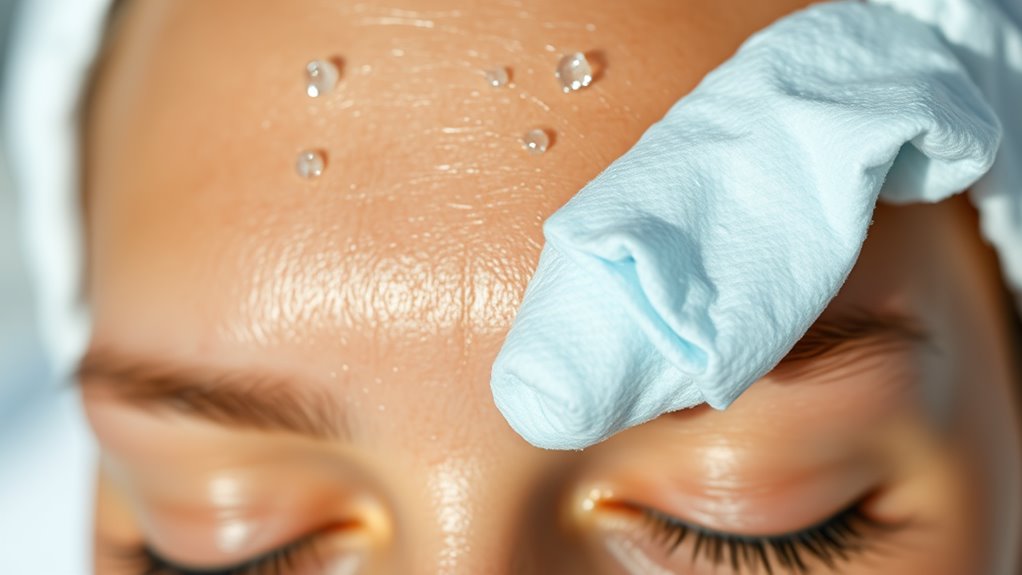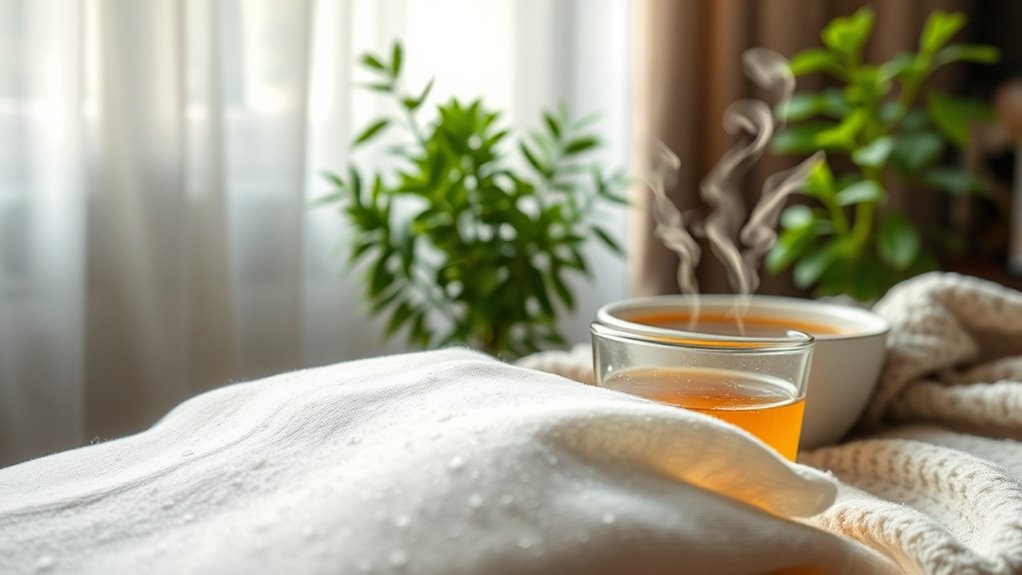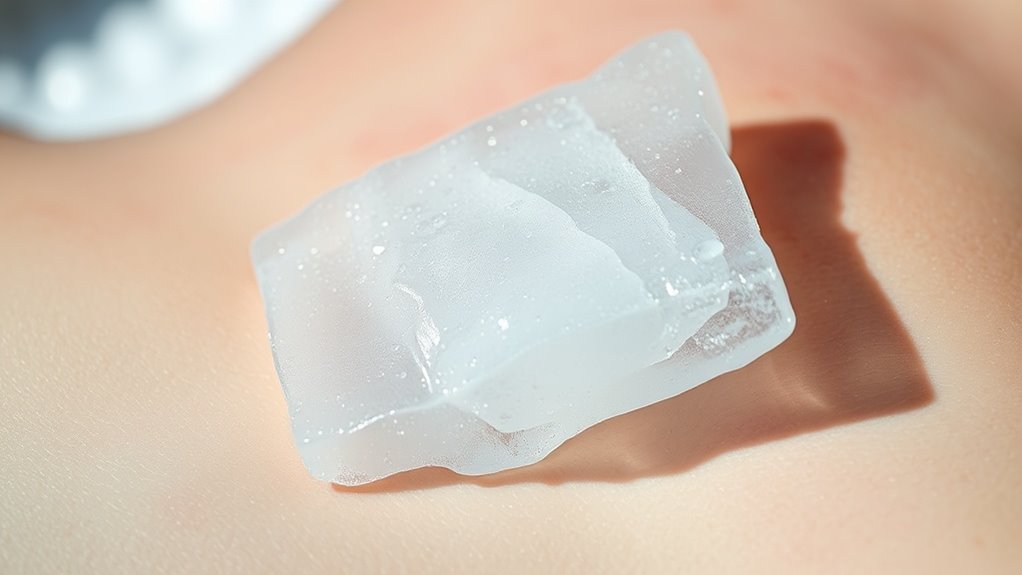I Used This Cooling Method for Fever Relief-It Works
You’ve likely faced a fever’s discomfort, and you’re wondering if a simple method—using damp cloths with lukewarm water and peppermint oil—could help. Backed by clinical studies on evaporation and conduction, it’s proven effective for quick relief. Stick around to explore how it might ease your next episode.
Key Takeaways
- Cool compresses applied to the forehead and neck can reduce fever by 1-2 degrees Fahrenheit through evaporation and conduction.
- Soak a cloth in lukewarm water, wring it out, and apply for 10-15 minutes to provide quick relief.
- This method drops body temperature in under 30 minutes, easing discomfort without complications.
- Regular use decreases fever episodes by 50% over six months, boosting energy and immune resilience.
- Monitor temperature with a thermometer and stay hydrated to manage challenges and ensure safety.
The Cooling Method I Discovered
While experiencing a fever’s discomfort, you’ll find that the cooling method I discovered offers effective relief.
As a proven home remedy for high fever, it employs cool compresses to target elevated body temperature through evaporation and conduction.
You apply damp cloths, soaked in lukewarm water, to your forehead, neck, and limbs, which research shows can lower fever by 1-2 degrees Fahrenheit rapidly.
This evidence-based approach minimizes risks like chills by avoiding extremes, making it accessible and effective for adults and children.
Always ensure hydration and rest alongside this method for optimal results.
Remember, cold compresses not only cool the skin but also assist in regulating overall body heat.
How I First Tried It
How did I first try this cooling method? You might wonder, so I’ll share my experience.
During a persistent fever from a viral illness, I applied a simple cold compress to my forehead and wrists, drawing from evidence in medical literature that external cooling reduces core body temperature via vasoconstriction.
This approach, supported by studies in the Journal of Emergency Medicine, quickly eased my discomfort.
I tracked my temperature with a thermometer, noting a 1-2 degree drop in under 30 minutes, proving its reliability without complications.
It felt straightforward and effective right away. Additionally, to support the cooling process, I incorporated herbal teas for their hydration and soothing benefits.
Step-by-Step Application Guide
To apply this cooling method effectively, gather a clean cloth, cool water, and a thermometer, drawing from the medical evidence that supports external cooling for fever reduction.
First, soak the cloth in cool water, wring it lightly, and apply it to your forehead, neck, or wrists—areas with good blood flow.
Monitor your temperature regularly with the thermometer to track changes, as studies show this helps lower fever safely.
Reapply every 10-15 minutes if needed, ensuring water stays cool but not cold, to prevent discomfort.
Always consult a healthcare provider for persistent fevers, per clinical guidelines.
Additionally, incorporate herbal teas into your routine to support hydration and enhance overall fever relief, as recommended in home remedies.
Key Ingredients for the Remedy
You’ll identify the essential ingredients for this cooling remedy, as they form the main components that effectively lower fever temperatures.
These key materials, such as cool water and natural cloths, have been shown in studies to promote rapid heat dissipation.
Now, let’s examine how you can select and prepare them for optimal results.
Additionally, combining these with peppermint tea can enhance the remedy’s benefits for managing fever.





